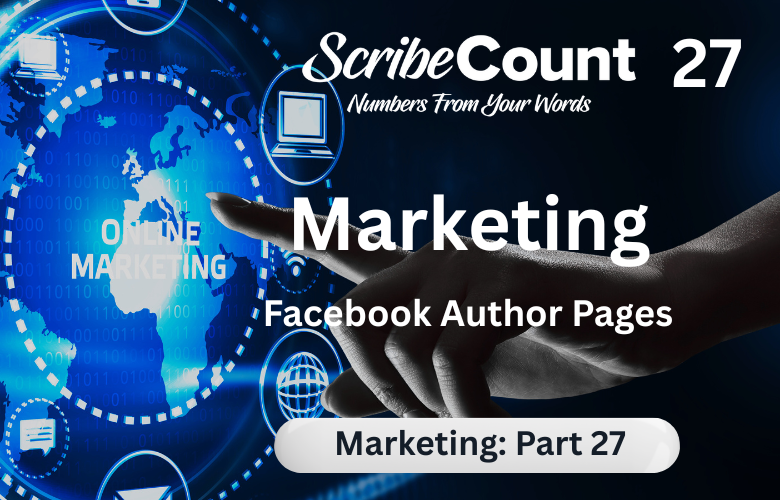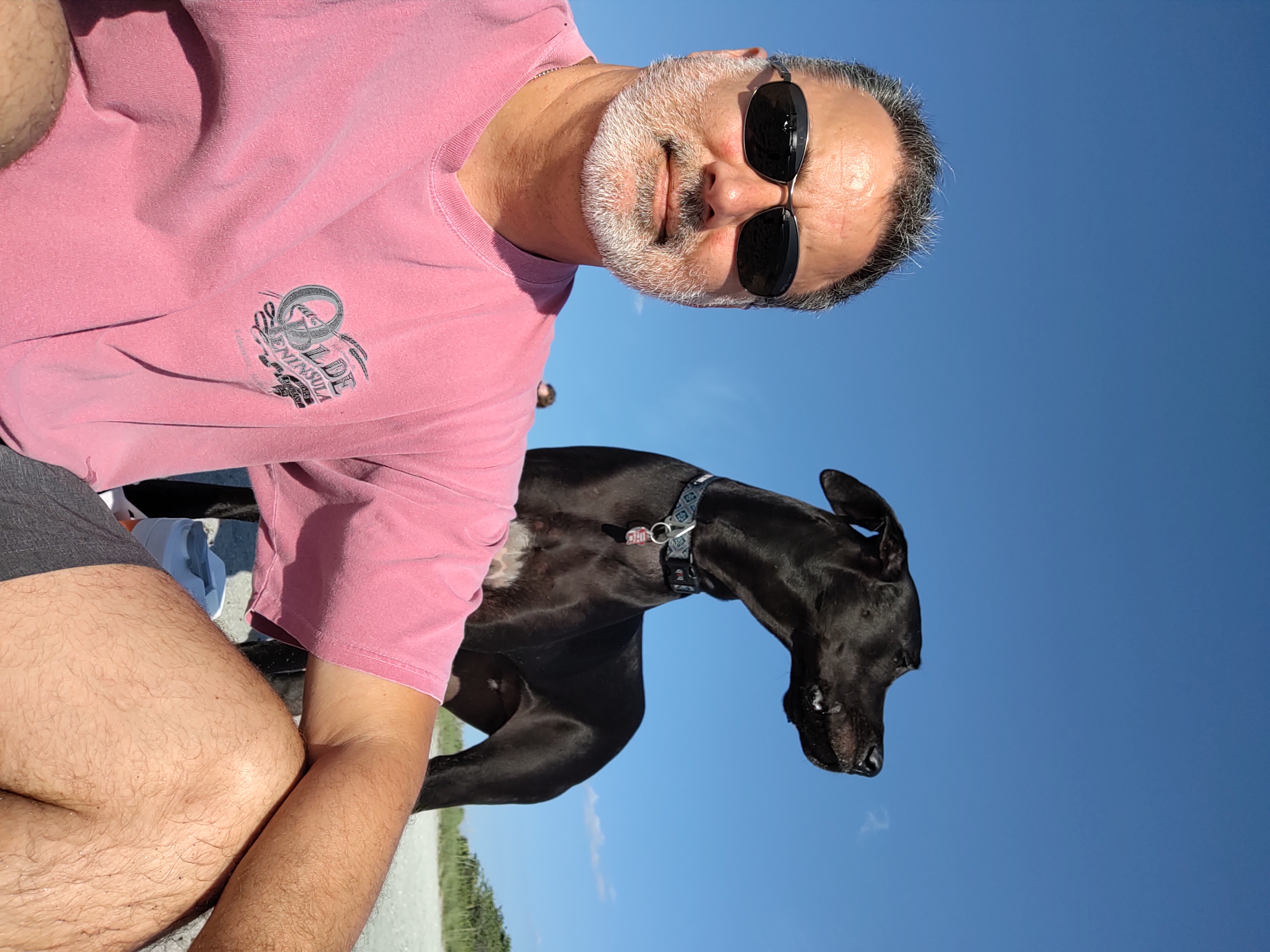Facebook Author Pages for Indie Writers: A Deep Dive into Community, Conversion, and Consistency
Running a Facebook Author Page is more than just promoting your latest book—it’s about building relationships, sharing stories, and nurturing a loyal reader base. Let’s explore how this unique platform can elevate your indie author journey.
What Is a Facebook Author Page?
Unlike personal profiles, which connect you with friends and family, a Facebook Author Page serves as your professional public face. It provides author-specific tools—analytics dashboards, scheduled posts, advertising options, Event creation, and the ability for readers to “like” your page. While your personal page reflects your private life, your Author Page showcases your writing world: books you’ve released, characters you’ve crafted, and the community you’re cultivating.
This distinction is crucial. A personal profile lacks reach and professional features, whereas an Author Page offers visibility, structured content management, and the ability to promote posts beyond immediate circles. Essentially, it transforms casual followers into potential readers.
Marketing and Connection: Two Sides of the Same Coin
A successful Author Page walks a fine line between promotion and genuine connection. When you reveal daily scenes from your writing routine—like the aroma of your morning coffee as you press keys, or the soft purring of a cat cuddling your manuscript—you invite readers into your process. These moments, although not overtly promotional, build trust, curiosity, and emotional investment.
Integrating occasional live Q&As reinforces your availability. Readers love the chance to ask about your inspiration, writing challenges, or upcoming projects. Occasionally shifting focus to reader-exclusive content—advance excerpts or giveaways—makes loyal fans feel appreciated rather than marketed to. It’s in this interplay that book promotion becomes meaningful, not intrusive.
An effective page typically dedicates around 70% of its content to community connection: personal anecdotes, character deep dives, writing challenges, and interactive moments. The remaining 30% can highlight book announcements, purchase links, or promotional campaigns. Striking that balance sustains enthusiasm and long-term loyalty.
Content That Performs and Why
Facebook’s algorithm favors posts that spark meaningful interactions—likes, comments, shares, and active participation. High-performing content often includes:
- Visual storytelling: Photos, short videos, mood boards, or cover reveals.
- Interactive prompts: Polls, questions, or invitations to tag a friend.
- Behind-the-scenes glimpses: Your writing desk, story research, or emotional milestones.
- Live sessions: Unscripted videos that encourage comments and Q&A in real time.
- Reader milestones: Thank-you posts, milestones achieved, and celebration shares.
Among all these, introducing pets can spark surprising momentum. When your dog naps on your manuscript or your cat photobombs a video, you connect emotionally with readers who share that affection. Posts featuring pets nearly always invite reactions, fostering warmth and relatability. Facebook filters will reward your reach as more people comment and share.
How Facebook Determines Who Sees Your Content
Unlike broadcasting, Facebook sets who sees your posts through its algorithm, which weighs engagement, relevancy, and timeliness. When a follower interacts with your content—whether it's a heartfelt comment or tagging a friend—the algorithm interprets this as valuable. It then pushes your posts into their friends’ feeds, amplifying reach.
Aside from organic interaction, you can boost reach with paid tools like promoted posts or targeted ads. Events—such as a Launch Party—can invite widespread participation. Your consistency also plays a significant role: pages that post regularly (ideally 4–5 times a week) signal the algorithm that you are an active, trustworthy source. Over time, this consistency builds reputation and visibility.
Navigating the Content Mix & Oversharing
One of the biggest pitfalls is oversharing personal details, such as exact daily routines or confidential milestones. Avoid revealing personal addresses, family schedules, or feelings that could compromise your privacy or that of others. While it’s fine to share that you’re crafting Chapter 14 at your favorite coffee shop, avoid posting your home address or employer details. Mentioning your city broadly (for example, “I’m back in sunny Venice, Florida, working on my next draft today!”) is fine; providing precise location data is not necessary for authentic connection—and it poses privacy risks.
Stay thoughtful: share aspects of your life that readers can relate to without sacrificing personal safety. Guard your boundaries so you can share authentically yet securely.
Understanding and Using Facebook Page Reports
Facebook’s Insights are a treasure trove—if you know what to look for. These analytics let you track your top-performing posts, audience demographics, engagement rates, and timing effectiveness. Instead of focusing only on “likes,” pay attention to ‘Engagement’ metrics—includes comments, shares, click-throughs, and reach. That’s what sustains visibility and expands your reach.
For instance, when you post a pet photo with a playful caption, and see unusually high engagement (let’s say 200 comments and 80 shares), analyze what worked. Maybe the time of day aligned with when readers are online, or a meaningful question triggered responses. Successful posts can be adapted; if your launch promo got low traction, maintain a lighthearted tone or change your asking format.
In-depth report analysis lets you:
- Identify your most successful content (what resonates most)
- Recognize optimal posting times (based on timing trends)
- Understand demographic data (age, location, gender distribution)
- Measure long-term growth trends (how your page gains momentum over time)
Adjusting based on these metrics empowers you to plan smarter. For example, if your highest reach occurs at 8pm on weekdays, schedule your most important posts for those slots. If a specific type of content – like mini character diaries – consistently earns deep engagement, consider turning that into a regular series. The key is to experiment, track, and evolve.
Why Pets Dominate the Feed
When readers scroll through a sea of text posts, images of beloved animals offer visual respite. They might stop to smile, comment, or even tag a friend – and that interaction signals to Facebook: “This content is worthy.” While books matter, pets don’t come with a call to buy, but they generate emotional responses—and that emotional bond enhances brand loyalty. There's even a name for it: "The Tinder Effect". A Tinder study showed that profiles with dogs tended to receive more matches. They found that two-thirds of participants were more likely to match with someone who includes a dog in their profile picture. Some studies even report a significant increase in matches for men (up to 38%) and women (up to 69%) when including a dog in their profiles. The takeaway? Don’t be shy. Include your pet’s cameo in your writing day and let readers celebrate alongside you.
Finding the Right Post Frequency
Authors should aim to post four to five times a week, balancing value and variety. This frequency is enough to stay visually present without saturating feeds. If you go live, viewers will glean more authenticity than a static image. Even a short writing update—what you achieved today, how you overcame a hurdle—can encourage shares and midday discussions.
Schedule content in batches to maintain freedom and flow. Brainstorm weekly themes, craft 10–15 posts in a single session, and use scheduling tools to keep you organized and consistent.
Building Audience Growth
Grow your readership by weaving your Author Page into multiple ecosystems:
- Events: Virtual book launch parties, live readings, or Q&As.
- Contests: Reader involvement builds engagement. Ask them to tag friends in return for entry.
- Group Partnerships: Cross-promote with niche reader groups—just ensure you follow their community rules.
- Cross-Platform Promos: Include your Facebook Page link in newsletters, author bios, Instagram captions, and TikTok profiles.
- Reader Exclusives: Offer early excerpt access, exclusive updates or pet photo polls—only to Page followers.
Each tactic helps seed growth organically, without overt selling.
Automating for Consistency and Ease
To maintain quality content without burning out, automation is vital:
- Facebook native scheduling lets you plan posts in advance.
- Tools like Buffer, Hootsuite, and Later support uploads, text, metadata, hashtags, and optimal posting times—especially for Reels or short videos.
- Zapier can connect your Facebook Page to other platforms: a WordPress blog post alert, newsletter signup prompt, or even automated pin creation on Pinterest.
Automation lends continuity even when you’re writing drafts or stepping away—your Page continues to stay alive and dynamic.
The Bottom Line: A Positive Look at Facebook
With nearly 3 billion active monthly users and over 700 million engaged in groups and content discovery, Facebook remains a powerhouse for reader communities. For indie authors willing to maintain a meaningful presence, it offers:
- Organic reach fueled by shareable, human content
- Engagement analytics to guide strategy
- Tools for automation that free your time
- Event features for real-time connection
- Advertising options to amplify your reach
By adopting a consistent posting rhythm—ideally 4–5 times a week—with a 70/30 split of connection vs. promotional content, and leaning into authentic visuals (including pets), indie authors create a vibrant page that attracts readers, sustains loyalty, and drives book discoverability. Measured with attention to Facebook Page Insights, and automated with scheduling tools and ScribeCount integration, this system becomes a core asset in your self-publishing toolkit.

